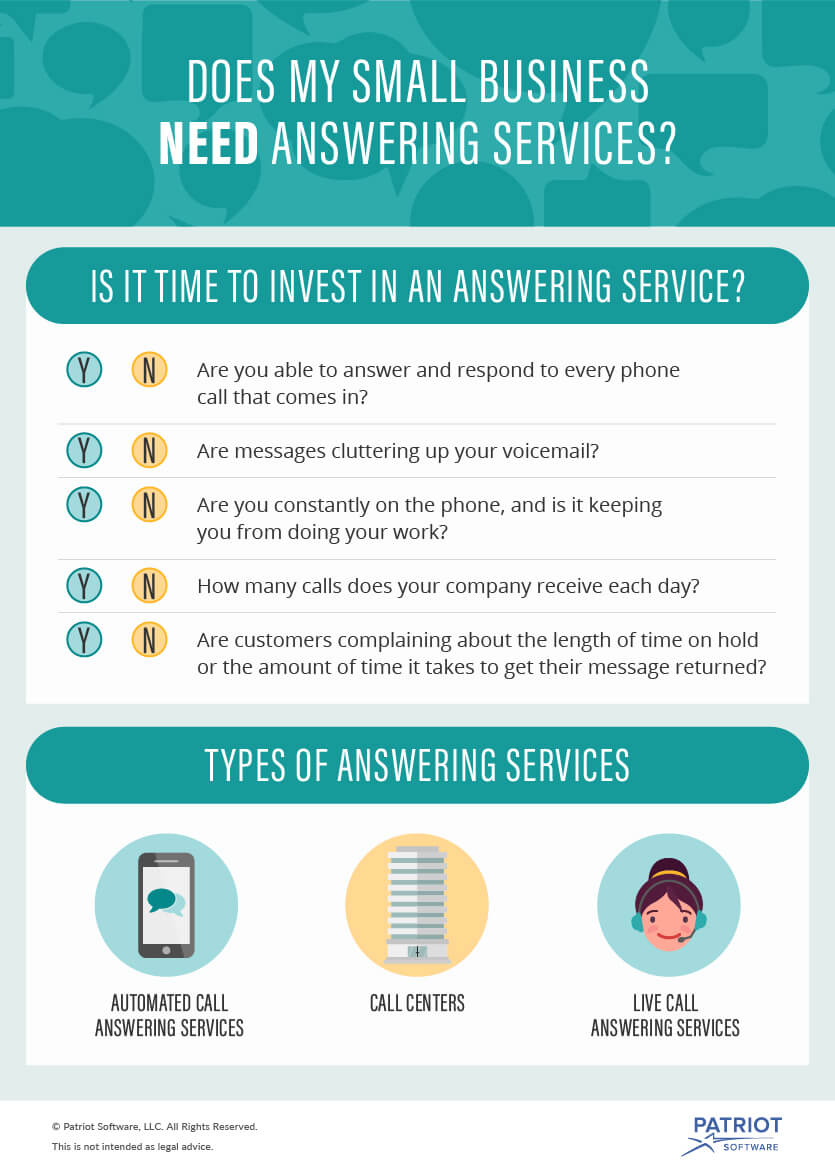All Categories
Featured
Table of Contents
- – Who Is The Best What Is An Answering Service? -...
- – What Is The Best The Benefits Of Secretarial A...
- – Who Has The Best The Ultimate Guide To Telepho...
- – What Are The Best What Is An Answering Servic...
- – What Does What Is An Answering Service? Cost?
- – Is It Worth Paying For 10 Signs Your Busines...
Who Is The Best What Is An Answering Service? - Ruby Blog Company?
This device and its successors were designed by Sava Jacobson, an electrical engineer with a personal consulting company. While early voice mail used magnetic tape technology, a lot of contemporary equipment utilizes solid state memory storage; some devices utilize a combination of both, with a solid-state circuit for the outgoing message and a cassette for the inbound messages.
"toll saving" listed below) (business call answering service). This is helpful if the owner is evaluating calls and does not want to consult with all callers. In any case after going, the calling party must be informed about the call having actually been answered (in many cases this begins the charging), either by some remark of the operator, or by some greeting message of the TAD, or resolved to non-human callers (e.
This holds especially for the Little bits with digitally saved welcoming messages or for earlier makers (before the rise of microcassettes) with a special limitless loop tape, different from a 2nd cassette, devoted to recording. There have been answer-only gadgets without any recording capabilities, where the welcoming message had to inform callers of a state of present unattainability, or e (business call answering service).
What Is The Best The Benefits Of Secretarial And Telephone Answering ... You Can Buy

about schedule hours. In tape-recording Littles the greeting normally consists of an invite to leave a message "after the beep". An answering machine that uses a microcassette to tape messages On a dual-cassette answerphone, there is an outbound cassette, which after the specified number of rings plays a pre-recorded message to the caller.

Single-cassette answering makers consist of the outbound message at the beginning of the tape and incoming messages on the staying area. They initially play the announcement, then fast-forward to the next readily available area for recording, then record the caller's message. If there are lots of previous messages, fast-forwarding through them can cause a considerable hold-up.
This beep is typically referred to in the welcoming message, requesting that the caller leave a message "after the beep". Littles with digital storage for the tape-recorded messages do disappoint this hold-up, naturally. A little may offer a push-button control center, whereby the answerphone owner can sound the house number and, by getting in a code on the remote telephone's keypad, can listen to tape-recorded messages, or delete them, even when away from house.
Who Has The Best The Ultimate Guide To Telephone Answering Services?

Therefore the machine increases the number of rings after which it responds to the call (normally by two, resulting in four rings), if no unread messages are currently saved, but answers after the set variety of rings (normally two) if there are unread messages. This allows the owner to discover out whether there are messages waiting; if there are none, the owner can hang up the phone on the, e.
Some devices likewise enable themselves to be from another location activated, if they have been turned off, by calling and letting the phone ring a certain big number of times (normally 10-15). Some provider desert calls currently after a smaller variety of rings, making remote activation difficult. In the early days of Littles an unique transmitter for DTMF tones (dual-tone multi-frequency signalling) was regionally required for push-button control, since the previously utilized pulse dialling is not apt to convey suitable signalling along an active connection, and the dual-tone multi-frequency signalling was implemented step-by-step.
Any incoming call is not recognizable with regard to these residential or commercial properties in advance of going "off hook" by the terminal equipment. So after going off hook the calls must be switched to proper gadgets and just the voice-type is instantly available to a human, however maybe, nevertheless should be routed to a LITTLE BIT (e.
What Are The Best What Is An Answering Service And Why Use One?
What if I informed you that you do not need to in fact choose up your device when answering a client call? Somebody else will. So convenient, ideal? Responding to call doesn't need someone to be on the other end of the line. Effective automated phone systems can do the trick simply as effectively as a live agent and sometimes even better.
An automated answering service or interactive voice response system is a phone system that communicates with callers without a live person on the line - phone call answering. When companies use this technology, consumers can get the response to a concern about your organization merely by utilizing interactions set up on a pre-programmed call circulation.
Although live operators update the client service experience, numerous calls do not need human interaction. An easy documented message or directions on how a consumer can recover a piece of information usually resolves a caller's instant requirement - reception services. Automated answering services are a basic and effective way to direct incoming calls to the right individual.
What Does What Is An Answering Service? Cost?
Notice that when you call a company, either for support or product inquiry, the very first thing you will hear is a pre-recorded voice welcoming and a series of choices like press 1 for customer care, press 2 for questions, and so on. The pre-recorded options branch out to other choices depending on the customer's selection.
The phone tree system assists direct callers to the best individual or department utilizing the keypad on a cellphone. In some instances, callers can utilize their voices. It deserves noting that auto-attendant choices aren't limited to the 10 numbers on a phone's keypad. As soon as the caller has chosen their first choice, you can create a multi-level auto-attendant that utilizes sub-menus to direct the caller to the right sort of support.
The caller does not have to interact with an individual if the auto-attendant phone system can manage their concern. The automatic service can route callers to an employee if they reach a "dead end" and need support from a live representative. It is costly to employ an operator or executive assistant.
Is It Worth Paying For 10 Signs Your Business Needs A Telephone Answering Service?
Automated answering services, on the other hand, are considerably more economical and provide substantial expense savings at approximately $200-$420/month. Even if you do not have devoted staff to manage call routing and management, an automatic answering service enhances efficiency by enabling your team to focus on their strengths so they can more efficiently spend their time on the phone.
A sales lead routed to customer support is a lost shot. If a consumer who has item questions reaches the wrong department or receives insufficient answers from well-meaning workers who are less trained to handle a particular type of concern, it can be a cause of disappointment and frustration. An automated answering system can decrease the number of misrouted calls, thereby helping your employees make much better use of their phone time while maximizing time in their calendar for other jobs.
With Automated Answering Systems, you can develop a personalized experience for both your personnel and your callers. Make a recording of your primary greeting, and just update it routinely to show what is going on in your organization. You can produce as many departments or menu choices as you desire.
Table of Contents
- – Who Is The Best What Is An Answering Service? -...
- – What Is The Best The Benefits Of Secretarial A...
- – Who Has The Best The Ultimate Guide To Telepho...
- – What Are The Best What Is An Answering Servic...
- – What Does What Is An Answering Service? Cost?
- – Is It Worth Paying For 10 Signs Your Busines...
Latest Posts
Detailed Phone Answering Service Near Me ( NT)
Detailed Hospitality Answering Service Near Me – South East Queensland
Outstanding Hospitality Answering Service
More
Latest Posts
Detailed Phone Answering Service Near Me ( NT)
Detailed Hospitality Answering Service Near Me – South East Queensland
Outstanding Hospitality Answering Service